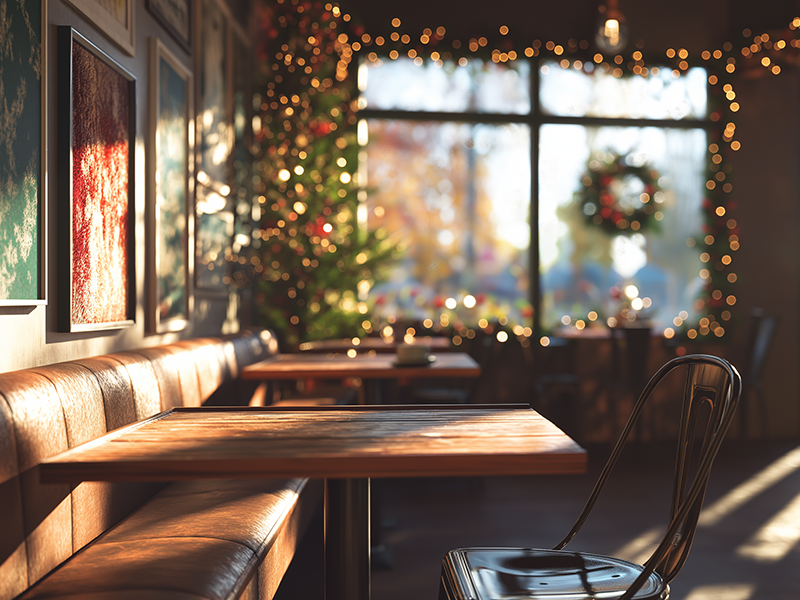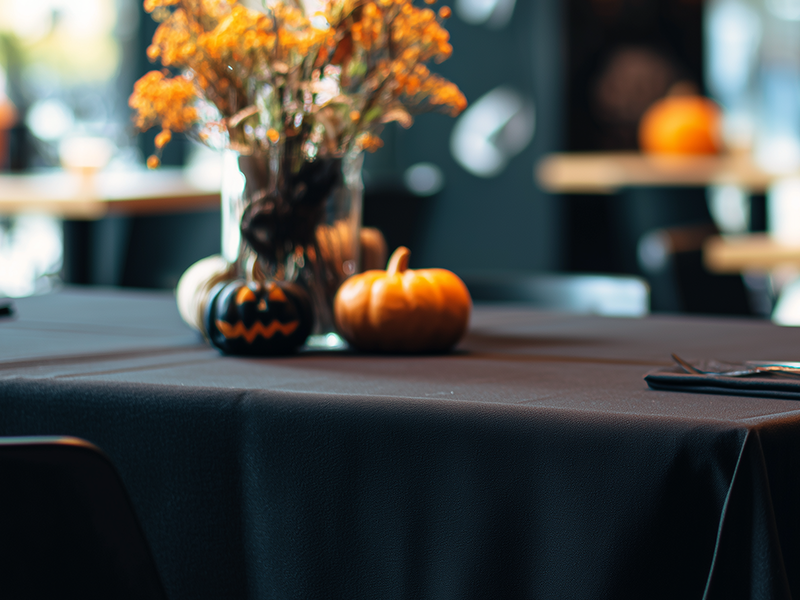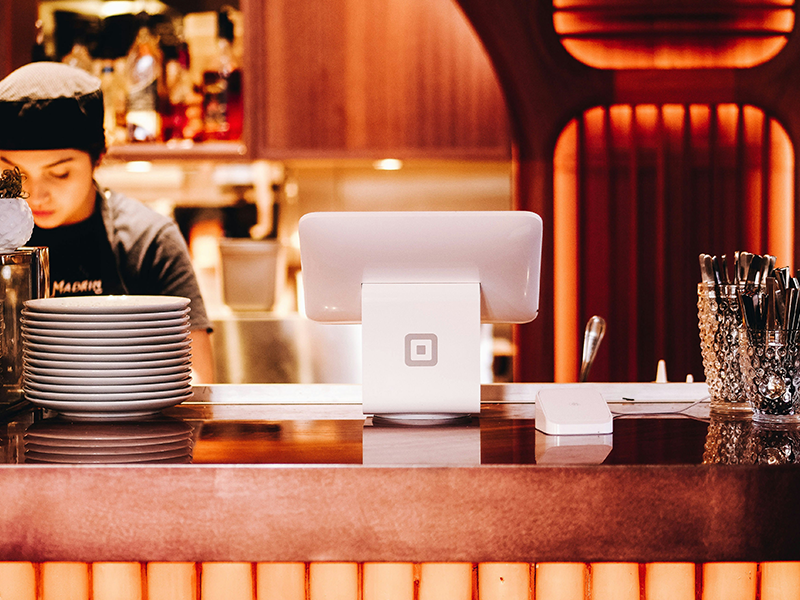By Katrin Krakovich, CEO & SEO Expert at Lahav Media
After helping dozens of restaurants, cafés, and coffee shops nail their seasonal marketing, I've learned that the difference between campaigns that flop and ones that pack your tables isn't creativity (though that helps). It's strategy, timing, and understanding exactly how your customers search for seasonal dining experiences.
Let me walk you through how to build seasonal campaigns that don't just look pretty on Instagram but actually drive consistent foot traffic and revenue year-round.
Why Most Restaurant Seasonal
Campaigns Fall Flat
The biggest mistake I see? Restaurants treat seasonal marketing like throwing spaghetti at the wall during major holidays. They'll post a few Instagram stories about their "holiday special" and wonder why it didn't move the needle.
Here's the problem: your customers aren't just looking for seasonal food. They're looking for seasonal experiences, seasonal solutions to their problems, and seasonal reasons to choose your restaurant over the dozen others in your neighborhood.
Take summer campaigns. Most restaurants focus on "refreshing summer drinks" or "light summer menu." But what are people actually searching for in July? "Best outdoor dining near me," "restaurants with patios," "where to eat with kids during summer break," and "air conditioned restaurants."
See the difference? One approach talks about your food. The other solves customer problems.
The Four-Season Framework
That Actually Works

Spring: The "Fresh Start" Season
Spring is your opportunity to capture people emerging from winter hibernation. They're ready to try new places, celebrate longer days, and yes, eat lighter after months of comfort food.
What to focus on:
- Fresh, locally-sourced ingredients (people search "farm-to-table restaurants" 40% more in spring)
- Outdoor dining setup and patio reopening
- Graduation celebrations and Mother's Day events
- Easter and Passover catering opportunities
Google Business Profile tip: Update your photos with bright, fresh-looking dishes and any outdoor seating. Spring searchers are visual decision-makers.
Summer: The "Experience" Season
Summer isn't just about cold drinks and salads. It's about experiences. Families need places to eat with kids. Professionals want lunch spots with fast service. Tourists are searching for "authentic local food."
Coffee shops and cafés absolutely crush summer with iced drinks, but the smart ones also promote their air conditioning and WiFi for remote workers escaping hot home offices.
What works:
- Family-friendly promotions during school break
- Business lunch specials for the "too hot to walk far" crowd
- Tourist-targeted local specialties
- Late-night options for longer days
Fall: The "Comfort and Celebration" Season
Fall is pure marketing gold for restaurants. Pumpkin spice gets the headlines, but the real opportunity is comfort food, cozy atmospheres, and major holidays.
This is when cafés and coffee shops see their biggest seasonal boost, but restaurants can capitalize too. People search for "cozy restaurants," "comfort food near me," and "warm, intimate date night spots" as temperatures drop.
Fall wins:
- Hearty, warming menu additions
- Thanksgiving catering and family meal packages
- Halloween events for bars and family restaurants
- "Sweater weather" atmosphere marketing
Winter: The "Gathering and Escape" Season
Winter is challenging, but it's also when people most need reasons to leave the house. Smart restaurants position themselves as warm gathering spaces and celebration destinations.
Don't just think Christmas and New Year's. Think about January and February, when people are tired of cooking at home and desperate for vitamin D and social interaction.
How to Plan Seasonal Campaigns That Rank on Google (And Show Up in AI Search)

Here's where most restaurants lose money: they create beautiful campaigns that nobody can find.
Your seasonal marketing needs to start with keyword research, not menu brainstorming. What are people in your area actually searching for each season?
Spring searches to target:
- "Outdoor dining [your city]"
- "Fresh, healthy restaurants near me"
- "Mother's Day brunch reservations"
- "Farm-to-table [your neighborhood]"
Summer optimization:
- "Restaurants with patios [your city]"
- "Kid-friendly restaurants"
- "Best iced coffee [your area]"
- "Air conditioned restaurants near me" (seriously, this gets thousands of searches)
Fall and winter focus:
- "Cozy restaurants [your city]"
- "Comfort food near me"
- "Private dining rooms for holiday parties"
- "Warm date night spots"
Update your Google Business Profile posts, website content, and social media to include these terms naturally. When someone asks ChatGPT or Google Gemini "where should I eat outside in [your city]," you want to show up in that answer.
Timing Your Campaigns for Maximum Impact
Most restaurants launch seasonal campaigns when everyone else does. Big mistake.
Start promoting spring menus in late February when people are already dreaming of warmer weather. Launch your summer patio promotion in early May, not June when every restaurant is fighting for the same attention.
For coffee shops, get your pumpkin spice ready in late August. I know it feels early, but people start searching for fall flavors before the leaves change.
The key is being early enough to capture the early adopters but not so early that you look out of touch.
Making Social Media Work for Your Seasonal Campaigns
Instagram and TikTok can drive serious traffic for seasonal campaigns, but only if you're strategic about it.
Stop posting just food photos. Show the experience. Spring means people eating on your newly reopened patio. Summer is families enjoying meals together. Fall is couples on cozy date nights.
And here's a tip most restaurants miss: use location tags and hashtags that match how people actually search. #SpringMenu won't drive traffic. #[YourCity]Patio and #OutdoorDining[YourNeighborhood] will.
Tracking What Actually Works
You need to know if your seasonal campaigns are making money, not just getting likes.
Track these metrics:
- Increase in foot traffic during campaign periods
- Revenue per seasonal promotion
- Google Business Profile views and actions
- Reservation increases for targeted seasons
- Cost per acquisition for seasonal social media ads
If your fall comfort food campaign cost $500 in promoted posts but brought in $3,000 in additional revenue, that's a winner. If your spring fresh menu photos got 500 likes but no new customers, that's just expensive art.
Seasonal Campaigns for Different Restaurant Types
Cafés and Coffee Shops: You have built-in seasonal advantages with drink options, but don't forget food. Spring means pastries with fresh fruit. Summer is cold brew and iced drinks. Fall brings pumpkin everything. Winter calls for warming drinks and comfort food pastries.
Family Restaurants: Focus on solving seasonal parenting problems. Summer means entertaining kids during long days. Fall means convenient family meals during busy school seasons. Winter holidays need special celebration options.
Bars and Casual Dining: Seasonal cocktails get attention, but seasonal reasons to gather drive revenue. Summer happy hours on patios. Fall game-watching parties. Winter date nights and celebrations.
Fine Dining: Seasonal ingredients and special occasion positioning. Spring tasting menus with local produce. Summer wine pairing events. Fall harvest celebrations. Winter holiday tasting experiences.

Common Seasonal Marketing Mistakes to Avoid
Don't copy what chain restaurants do. They have different budgets and goals than independent restaurants. McDonald's can spend millions on shamrock shakes. You need campaigns that work with local budgets and drive local traffic.
Don't ignore the "shoulder seasons." January through March and late August through early September are when your competition is sleeping. Smart seasonal campaigns during these periods can capture market share.
And please, don't make seasonal changes so dramatic that you confuse your regular customers. Seasonal additions and promotions, not complete menu overhauls.

-p-500.jpg)
